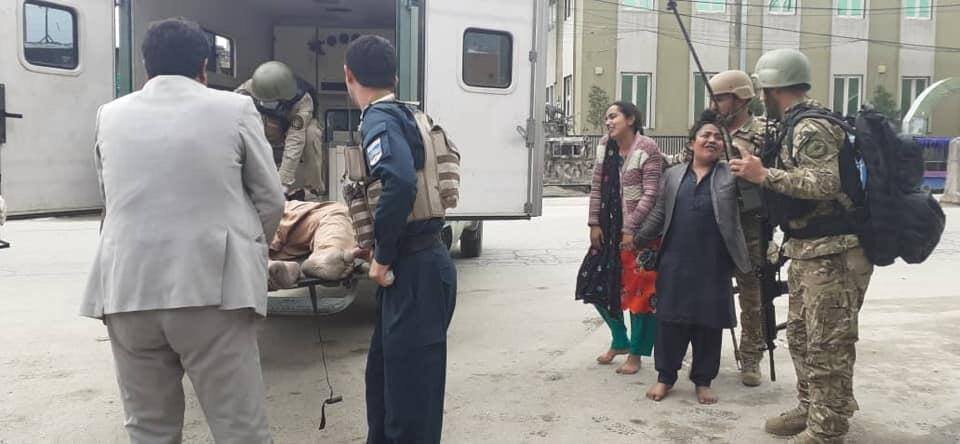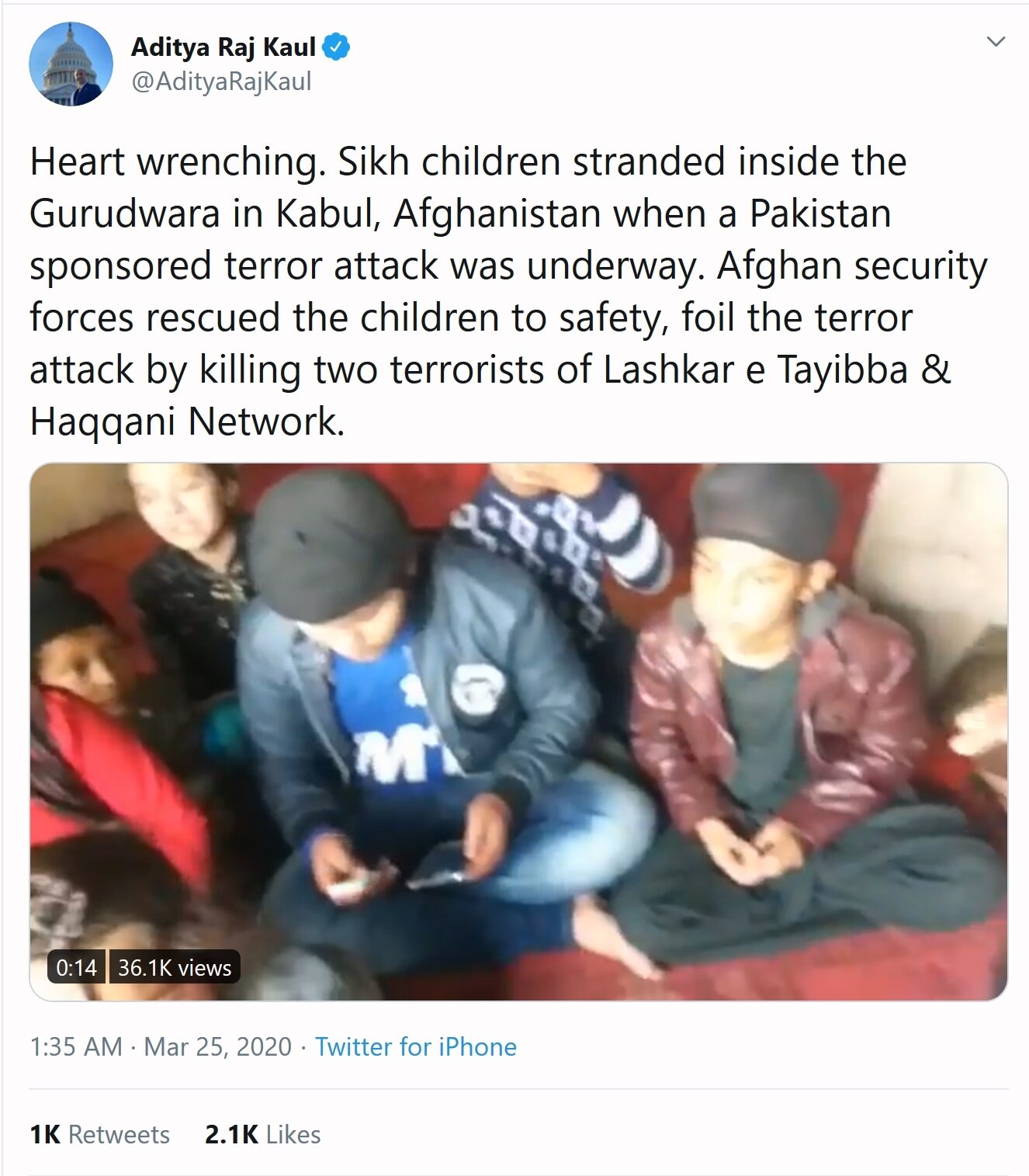Compass World: Deterioration of a Historic Community
An Afghan soldier peers down the halls of the attacked Sikh temple. (Pritpal Singh)
Several gunmen stormed a Sikh religious complex in Kabul, Afghanistan’s capital, killing 25 and wounding eight worshippers. Nearly six hours after the start of the attack, Afghan security forces—after freeing 80 worshippers—killed the rampaging shooters. Shortly thereafter, SITE Intelligence Group, a non-governmental organization that tracks the online postings of Islamic militant organizations, revealed that the Islamic State (ISIS) had claimed responsibility. This attack neatly fits into the group’s long-standing and determined agenda to eradicate religious minorities from Afghanistan.
Down But Not Out
The raid on the 400-year old Sikh temple comes nearly a year after Afghan President Ashraf Ghani declared the Islamic State “defeated.” Officials estimate that fighters dispersed across the country number in the hundreds and that the group’s supply networks have been badly damaged. The group’s decline also coincides with the Taliban’s peace deal with the United States last month. While the deal pressures the extremist group to reduce its violence and engage in peace talks with the Afghan government, ISIS has allied with neither the Afghan government nor the Taliban, continuing independent attacks throughout the region.
Afghan soldiers load victims of the attack into an ambulance. (Pritpal Singh)
A Fleeting—and Fleeing—Community
Sikhs are members of a monotheistic faith founded in northern India in the 15th century by Guru Nanak Dev ji. With an emphasis on universality, service for others, and justice for all, Sikhism and its devotees have spread across the globe, becoming the fifth-biggest religion in the world.
Historians have traced a modest Sikh presence in Afghanistan back nearly 500 years; the population grew significantly following the 1947 partition of British India into India and Pakistan, a split riddled with interreligious violence. While religious persecution is not unfamiliar to Afghan Sikhs, the withdrawal of Russian forces in the late 1980s and the arrival of the Mujahideen placed Afghan Sikhs in an incredibly hazardous position. The Taliban, who later rose to power in the mid-1990s, forced Hindus and Sikhs within the region to wear yellow stars on their clothing or yellow armbands to clearly identify their religious affiliation—a requirement uncannily similar to that imposed on European Jews during the Holocaust.
Due to incessant conflict and persecution by Islamic extremists, the population of Sikhs and other religious minorities in the region has precipitously declined. The government estimates that the Afghan Sikh and Hindu populations have diminished from nearly 700,000 in the 1970s to a mere few hundred today.
Freelance journalist Aditya Raj Kaul shares a video of Sikh children rescued from the attack. (Twitter)
From Conflict to Canada?
Activists, lawyers, and humanitarian workers have clamored for world governments to allow the remaining Sikh and Hindu families an opportunity to seek asylum. While the UN Security Council has since condemned the attacks as “heinous and cowardly,” activists are pushing for more tangible results. Historically, this effort has been led by Canada-based organizations. These initiatives include the World Sikh Organization of Canada and, most notably, the Manmeet Singh Bhullar Foundation, which worked to get Canada to open its doors to 65 Afghan Sikh and Hindu refugee families in 2019.
Since the original shooting, two more attacks in Kabul have taken place: bombs were set-off during the funeral ceremonies for those who died during the attacks, and landmines were placed surrounding those ceremonies. While Sikh organizations around the world are frantically mobilizing resources, help cannot come quickly enough.



